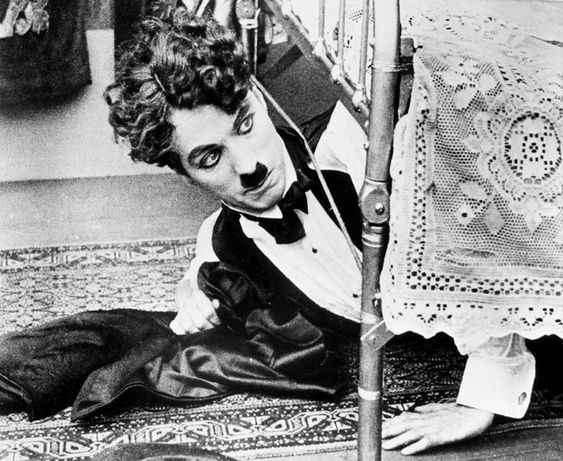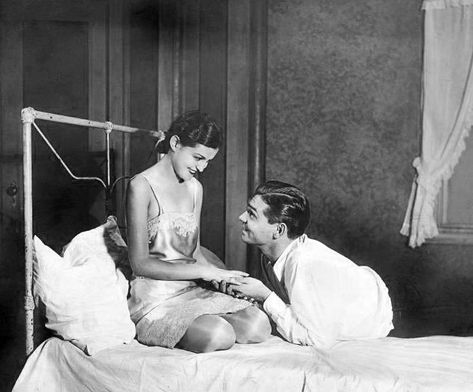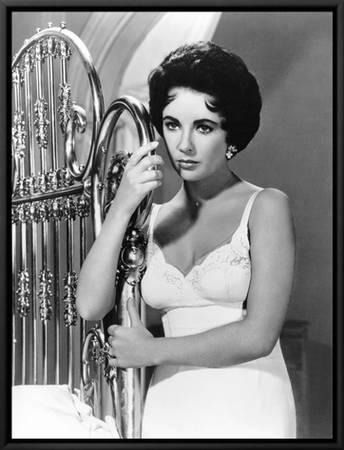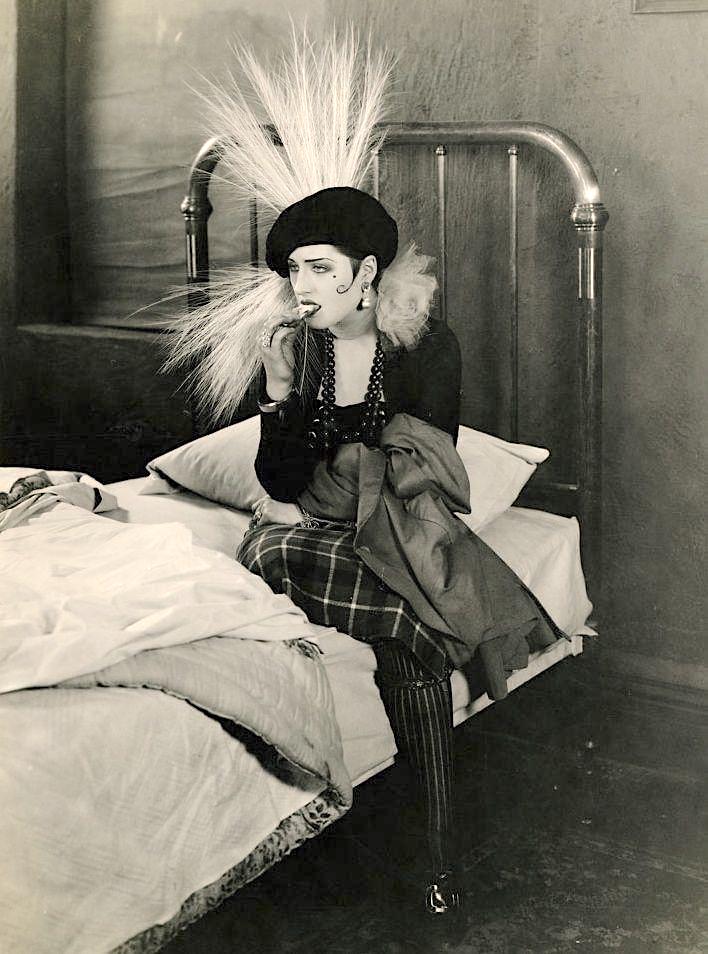Iron beds, antique iron beds, and vintage iron beds have long held a timeless appeal, transcending generations with their sturdy craftsmanship and unique aesthetics. In the early years of the film industry, these beds played a significant role, becoming iconic symbols in classic movies like “Cat On A Hot Tin Roof” and many others. Let’s delve into the fascinating history of iron and brass beds and their cinematic presence during the golden era of Hollywood.

A Sturdy Beginning
Iron beds gained popularity in the late 19th century, coinciding with the rise of the industrial revolution. The durability and strength of iron made it a preferred material for bed frames. The simplicity of design and the ability to withstand the test of time contributed to the widespread use of iron beds in households.
Antique Elegance
As time progressed, iron beds evolved in design, incorporating intricate details and ornate patterns. The Victorian era witnessed the emergence of beautifully crafted antique iron beds, often featuring decorative elements such as swirls, twists, and floral motifs. These beds became not just pieces of furniture but expressions of art within the home.

Vintage Charm
The early 20th century brought about the transition from ornate designs to simpler, more streamlined aesthetics. Vintage iron beds embraced minimalism while retaining the durability that made them popular. The clean lines and timeless appeal of these beds made them a versatile choice, fitting seamlessly into various interior styles.
The Silent Era
As Hollywood took its first steps into the world of cinema during the silent era, iron beds made their way onto the silver screen. The silent film era, marked by expressive visuals and minimal dialogue, often utilized props and set design to convey emotions. Iron beds, with their distinct presence, became a staple in portraying domestic scenes and adding authenticity to period films.
Transition to Talkies
With the advent of sound in cinema, the demand for authenticity in set design only intensified. Iron beds continued to be featured prominently, not just for their aesthetic appeal but also for their ability to evoke a sense of nostalgia. The clinking sound of actors sitting or lying on an iron bed added a layer of realism to the audio experience.

Tennessee Williams’ iconic play “Cat On A Hot Tin Roof” was adapted into a film in 1958, directed by Richard Brooks. The film, starring Elizabeth Taylor and Paul Newman, showcased the turbulent dynamics of a Southern family. The choice of iron beds in the film was intentional, reflecting the period’s design sensibilities and contributing to the overall atmosphere.
While the use of iron beds in cinema reached its peak during the early years of Hollywood, their charm has not diminished. In recent years, there has been a resurgence of interest in vintage and antique furniture, including iron beds. Filmmakers and production designers continue to incorporate these timeless pieces into period films and TV shows, bridging the gap between the past and the present.
Iron beds in the early years of the film industry were not merely furniture; they became symbols of a bygone era. Their presence on screen evokes a sense of nostalgia and authenticity, transporting viewers to a time when craftsmanship and attention to detail were paramount. The enduring appeal of iron beds lies in their ability to tell a story without uttering a word.
Iron beds, whether antique or vintage, have left an indelible mark on the history of cinema. From the silent era to the talkies, and iconic films like “Cat On A Hot Tin Roof,” these beds have played a crucial role in shaping the visual language of storytelling. As we continue to appreciate the craftsmanship and timeless design of iron beds, we also celebrate their cinematic legacy, reminding us that some pieces of furniture are not just functional but also storytelling devices that stand the test of time.







